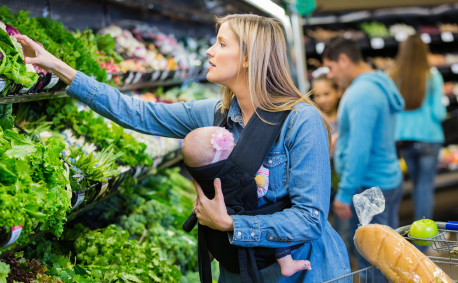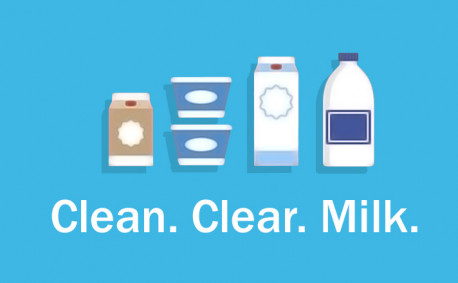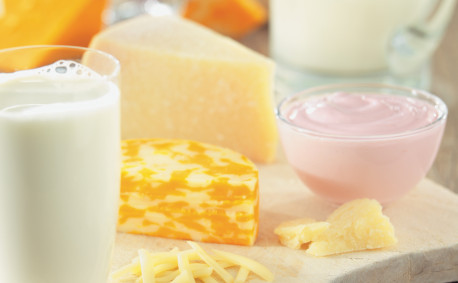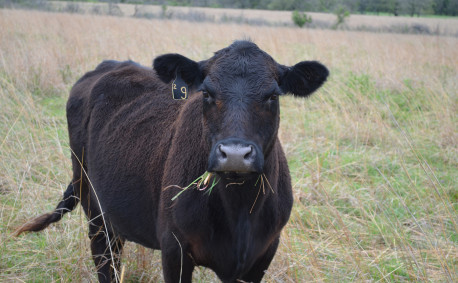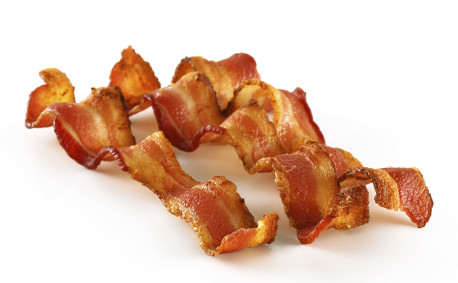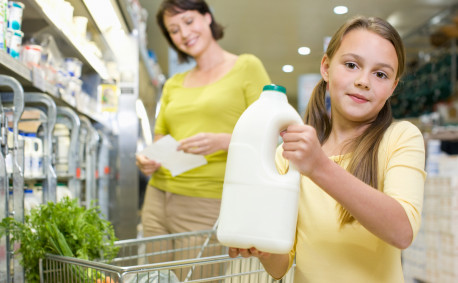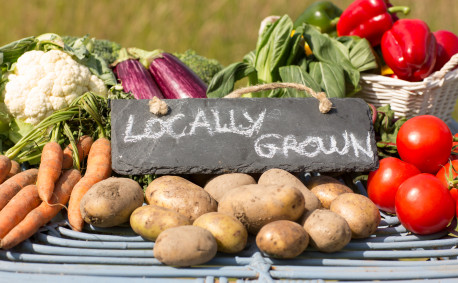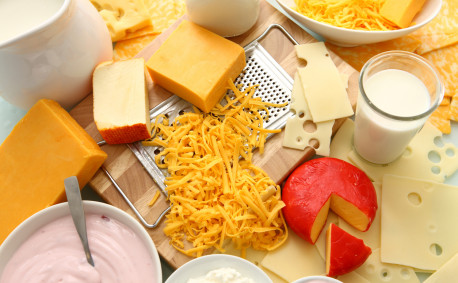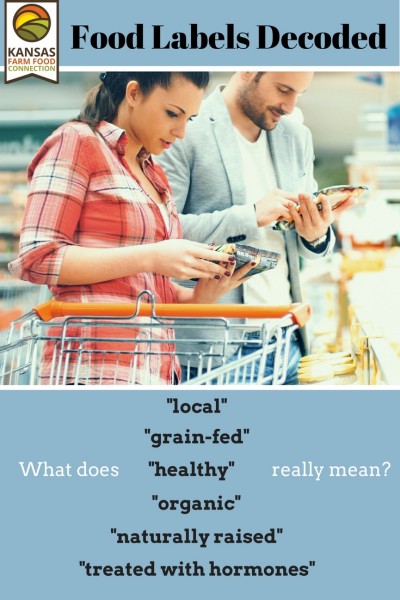How to Decode Grocery Labels
How many times have you inspected the calorie count on a food item, scrutinizing the fat, sodium, sugar, or protein content? How many times?! I do it on every grocery shopping expedition! Trying to be healthy here, right? But those labels have a lot of info to take in during a quick scan. Should I get the option with fewer calories but more sugar? What about the choice with more overall fat, but less saturated fat?
Each year, it seems that quick check gets more and more confusing — and ridiculous. I recently saw a “gluten-free” label on turkey. Seriously?!
There’s a lot to decipher. And sometimes it feels like I need Ph.D.s in agriculture and biology just to be able to understand a grocery label. If you can relate, you’ll want to check out these articles. Our experts break down some of the top terminology and decode it for you aisle-by-aisle, so you know what’s healthy and safe to feed your family — no advanced degree required!
Produce Section
“Organic or not organic?” That’s the question on many people’s minds in the produce section. People worry about things like pesticides and whether the extra cost of organic is worth the benefits. It might surprise you to learn that “organic” doesn’t translate to chemical-free.
Dairy Case
Recently, hormones in dairy products have started to gain attention. What does it mean to see a label saying cows aren’t treated with rbST? What is rbST? Is it bad for you? Should you be worried? Sometimes labels cause more confusion than clarity!
In fact, rbST is a synthetic form of a naturally occurring hormone called bST. All cows produce bST, and some dairy farmers may choose to administer rbST to cows to help increase their milk production. It’s not added directly into milk. And, the U.S. Food and Drug Administration has concluded there’s no significant difference in quality, safety and nutrition of those products.
Meat Counter
Beef and pork have their own set of grocery buzzwords. Grass-fed. Grain-finished. No antibiotics added. Naturally raised. (As opposed to unnaturally raised?!) What exactly do these terms mean? Are some better than others—for your health, for flavor, for the environment? We’ve got helpful breakdowns of what these different terms mean. (Plus, if you’re curious about why and how ranchers use antibiotics in the first place, you’ll want to check out our spotlight.)
Local Food
Seeing “local” on a product makes many people feel warm and fuzzy. (I admit, I’m guilty of this myself!) It’s one thing to buy locally grown produce at the farmers market, but calling a food “local” on a grocery label doesn’t actually mean much. In fact, many local foods are ones we wouldn’t expect — like meats and dairy products!
Nutrition Labels
And, of course, there are those pesky nutrition labels. They got a makeover about a year ago to help important information like calories stand out more. Plus, as science advances our understanding of what is healthy, the labels evolve to reflect those findings — like including information about added sugars.


